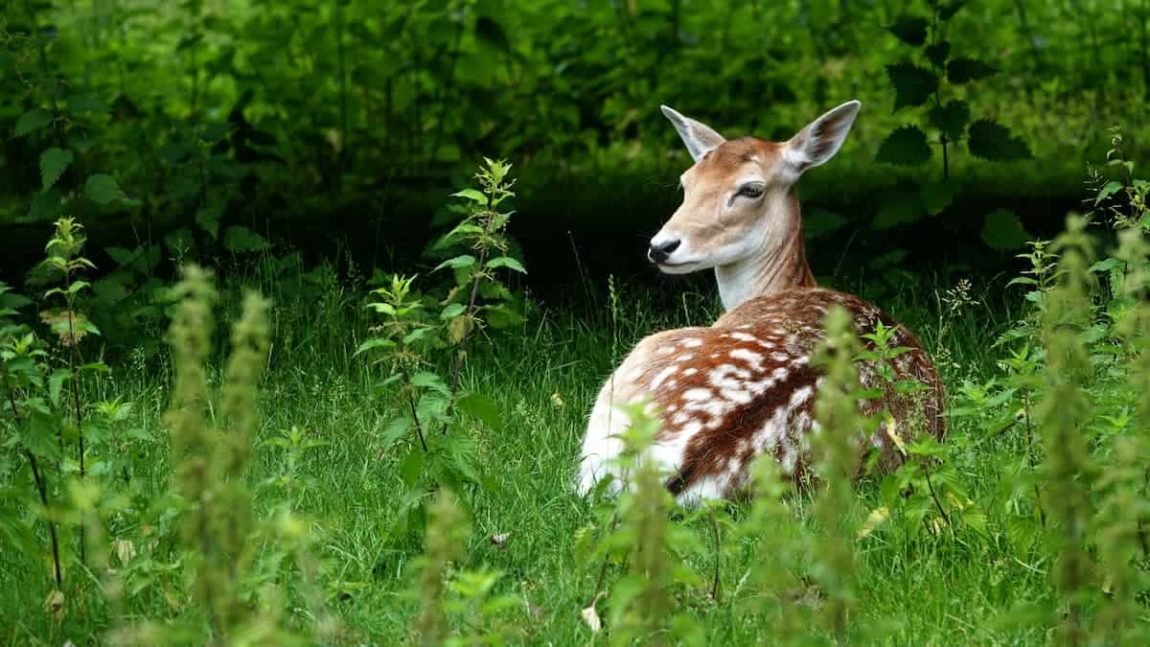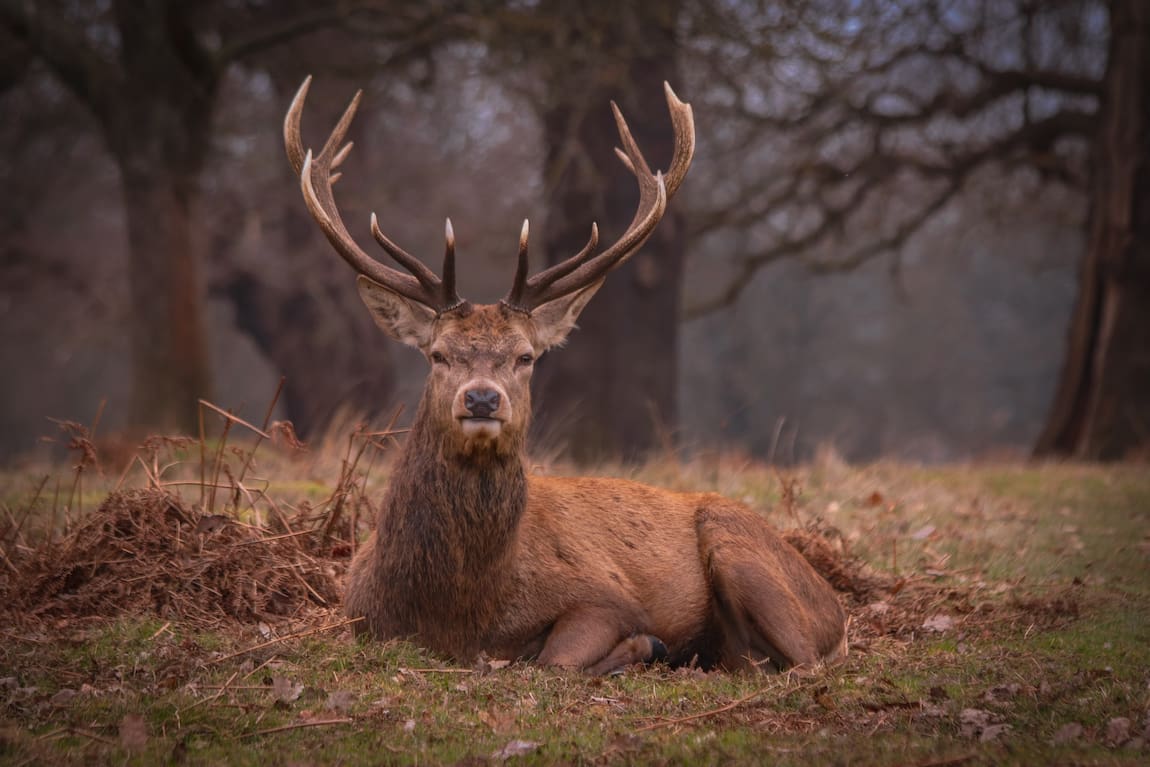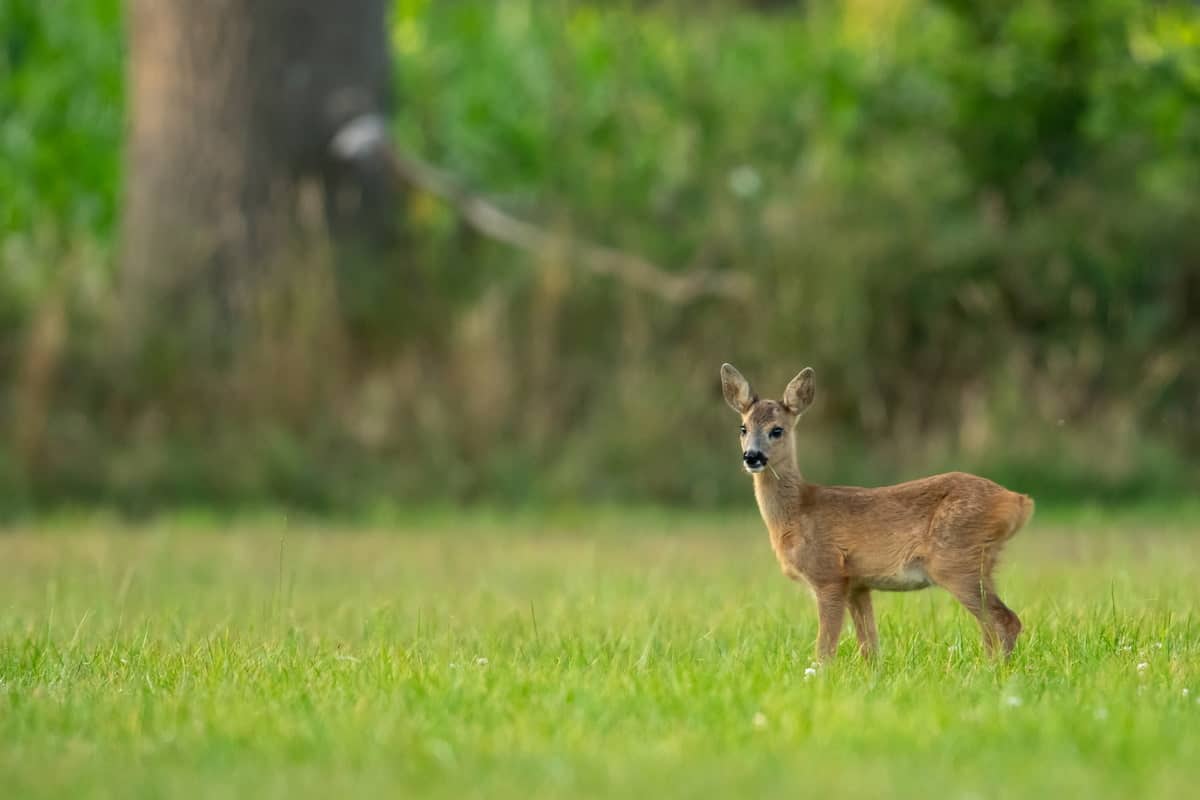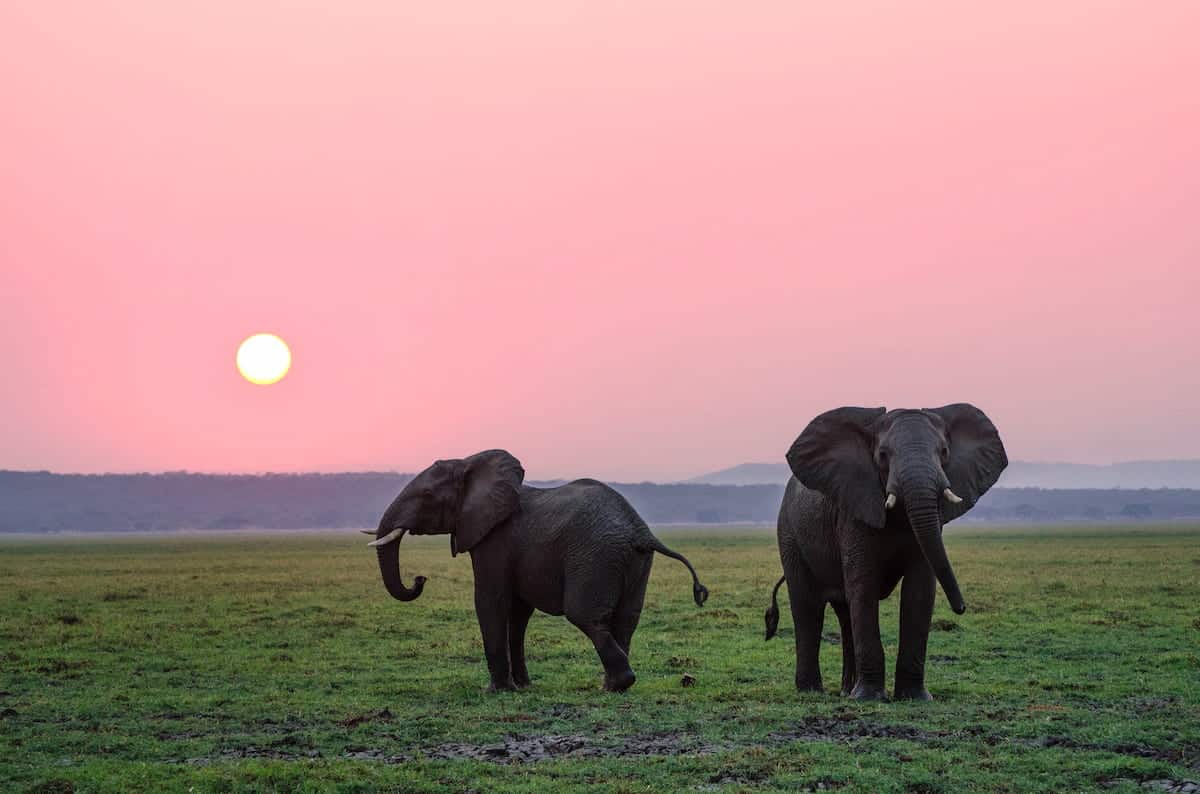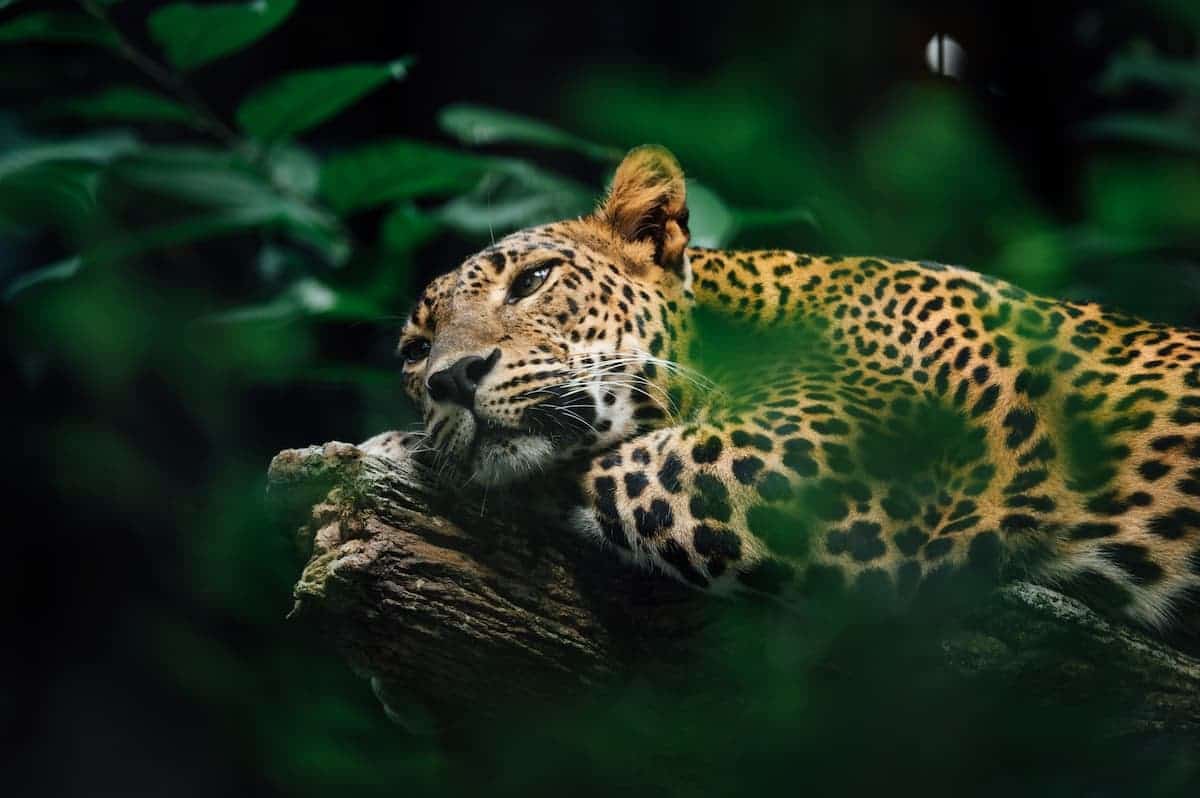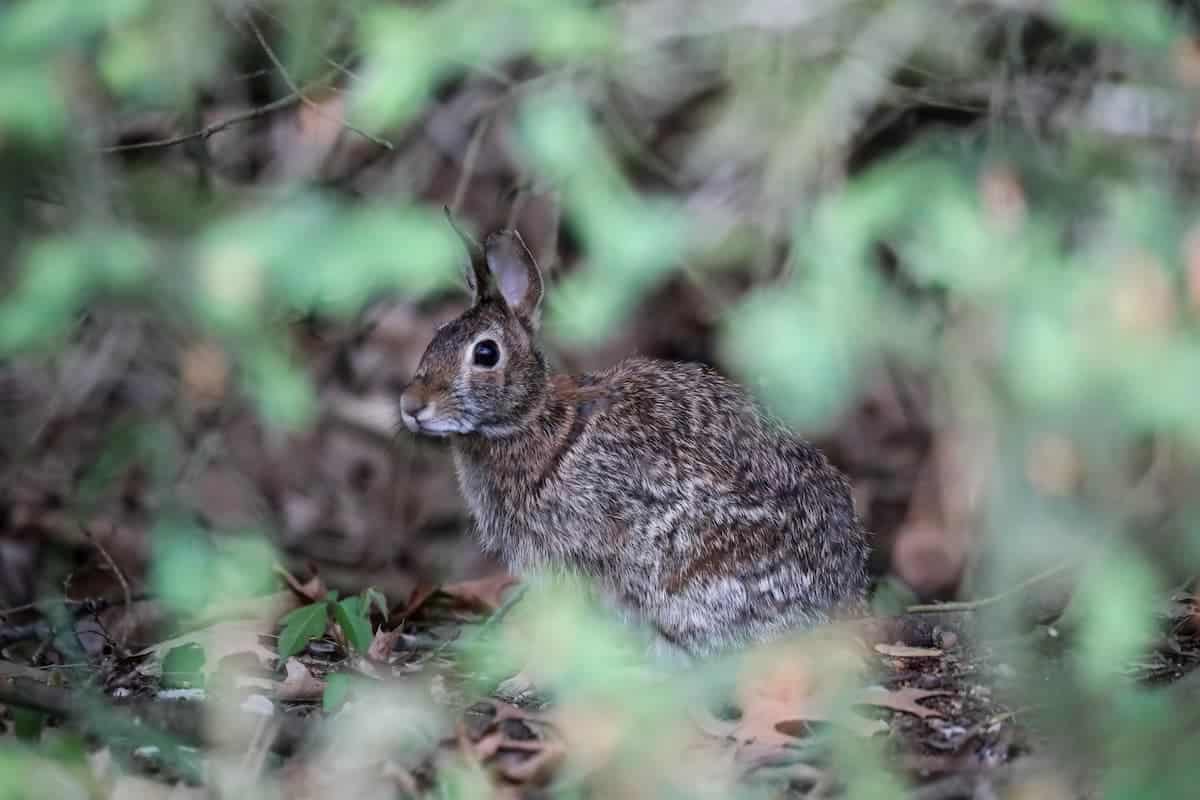If you’ve seen a deer in the wild, you’ve probably seen it running through the forest on elegant legs or stopping to graze. These skittish animals do not like to sleep where humans can spot them.
However, like all animals, deer have to sleep. Through careful wildlife study, biologists and wildlife enthusiasts have figured out that deer sleep for several hours a day. Since deer are prey animals, they evolved their sleeping habits so that they remain on high alert and can spring awake at any sign of danger.
If you’re hoping to glimpse a deer sleeping in the wild or are just curious about these majestic animals, here is what you need to know about their sleeping habits.
Do Deer Lie Down to Sleep?
Yes, deer lie down when they sleep, although they prefer to stay as alert as possible even when they sleep.
Even when lying down to sleep, deer arrange their bodies carefully. Their legs will either be extended out to the side or folded under their bodies. This means that they can get up and start running at the first sign of danger.
Sometimes, deer will tuck their head toward their backs in the winter to try and keep warm. However, they will usually sleep with their head upright. This helps the deer stay alert and gives its senses unimpeded access to the surroundings.
The Importance of a Bedding Area
Before deer lie down to sleep, they choose their sleeping location very carefully. They don’t just lie down anywhere on the forest floor as soon as they get tired.
The place where a deer sleeps is called a bedding area. The animal chooses this spot for strategic reasons. It has to be in a place where the deer can keep an eye on its surroundings, such as a ridge or hillside with its back to a slope or tree. The ground also needs to be comfortable so that the deer can actually sleep.
Once a deer finds a bedding area that it likes, it will keep coming back to this spot for months and even a year. During rutting periods, bucks may move their bedding areas to be closer to does, but usually deer are creatures of habits.
Do Deer Only Sleep in Their Bedding Areas?
Just because a deer is lying down does not mean that it is sleeping. Deer spend most of their time lying down, or bedding down.
A deer could also be chewing its cud or just relaxing in its bedding area. Although its body is relaxed, its senses are still on high alert. These prey animals need the rest to recuperate from fleeing predators.
How Alert Are Deer When They Sleep?
Deer do not sleep like humans do, where we knock out at night for 8 to 10 hours and engage in periods of deep sleep. Extended periods of REM sleep would be fatal to a prey animal.
Instead, deer sleep in cycles of dozing and alertness.
The 30-Minute Sleep Cycle
Deer usually sleep in cycles of 30 minutes at a time. They do not even sleep for those extended 30 minutes. A deer will usually doze for a few minutes, wake up briefly to survey its surroundings, then doze off again. Although deer can engage in deeper bouts of sleep (scientists have observed their eyes moving in a way that suggests they can dream), they never sleep for longer than a few minutes at a time.
After about 30 minutes of this drowsiness cycle, the deer will properly wake up. It will stretch and relieve itself. Then, it will lie back down and repeat the cycle.
Activated Senses, Even While Sleeping
When deer sleep, they close their eyes. They even engage in some rapid eye movements that suggest dreaming. However, that does not mean that they are oblivious to the world around them.
Even while asleep, a deer’s hearing is incredibly sensitive. Sleeping deer can detect sounds as small as the movement of rodents or a branch snapping. While it sleeps, a deer’s ears will stay upright and open, ready to detect any unusual noises. Even though smell is less important, a deer’s nose is also actively working while it sleeps to sniff out predators.
A deer may be lying down with its eyes closed while it sleeps, but that does not mean you will be able to sneak up on it. These highly alert animals are ready to flee at the first sign of danger, no matter how sneaky you think you are.
What About Nighttime?
Deer are neither purely nocturnal or diurnal. They sleep for short bursts because extended sleeping periods would expose them to danger, whether by day or by night.
However, deer tend to be more active at night or in half-dark periods such as dawn or dusk, making them slightly nocturnal or crepuscular. Deer move around when they have the most cover, and darkness allows them to have some protection from predators. They do still move around during the day as well.
Another reason why deer are more active at night, particularly in the winter, is that the day is warmer for sleeping and resting. Deer are prone to sleep in sunny forest patches, particularly in the winter, to try and stay warm. When it is cooler, they move around to keep their body heat flowing.
Conclusion
The sleeping habits of deer seem very strange to humans. Although these animals lie down to sleep, they never put their head down or relax their senses completely. Instead of sleeping for many hours at a time, they sleep in 30-minute cycles of drowsiness and brief periods of alert surveillance.
This sleeping pattern makes sense for deer because they are prey animals. Shorter periods of sleep without fully relaxing their senses helps these animals track predators and escape at the first sign of danger. Although sleeping deer are adorable, it is unlikely that you will see one in the wild because they will awaken at the first sign of your presence.
